Need Support?
Please provide your question. We’ll find you with the best support options.
ISK Bearings | B2B Bearing Wholesale
 Further Reading: A Comprehensive Exploration of Key Bearing Components in Bicycles
Further Reading: A Comprehensive Exploration of Key Bearing Components in Bicycles
Bicycling is not just a mode of transportation; it's a passion, a sport, and a lifestyle for many enthusiasts. Whether you're a casual rider or a professional cyclist, the efficiency and smoothness of your bike's performance rely heavily on its various components, with one often overlooked hero being the bicycle pedal bearings. In this article, we'll explore the significance of pedal bearings, their impact on performance, and essential maintenance tips to keep your ride rolling smoothly.
Table of Content
Bicycle pedal bearings are crucial components that facilitate the smooth rotation of pedals. These bearings allow the pedals to spin freely around the pedal spindle, enabling efficient power transfer from the cyclist's legs to the bike's drivetrain. Typically, pedal bearings come in different types, including cartridge bearings and loose ball bearings, each with its own set of advantages and considerations.
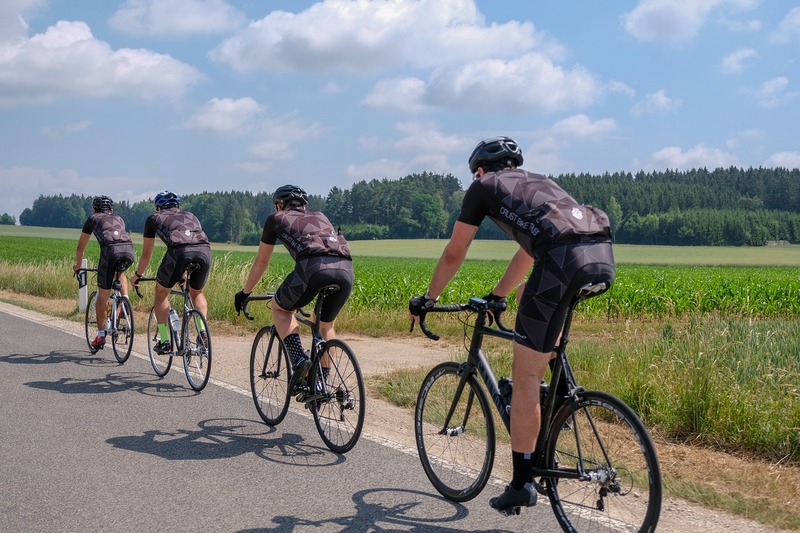
The quality of bicycle pedal bearings can significantly influence the overall performance of a bike. Smooth, well-maintained bearings reduce friction, enhance power transfer efficiency, and contribute to a more enjoyable riding experience. On the contrary, worn-out or poorly lubricated bearings can lead to increased resistance, decreased efficiency, and, in extreme cases, pedal failure.
 Maintenance Tips for Longevity
Maintenance Tips for LongevityTo ensure optimal performance and longevity of your bicycle pedal bearings, regular maintenance is essential. Here are some key tips:
Periodically inspect your pedal bearings for signs of wear, such as increased resistance or roughness during rotation. Replace worn bearings promptly to prevent further damage.
If your pedals have adjustable bearings, ensure they are properly tensioned. Too loose or too tight bearings can affect performance and lead to premature wear.
If you have cartridge bearings, check the integrity of the seals regularly. Damaged seals can allow contaminants to enter, compromising the performance of the bearings.
 Upgrade Consideration: If you're a serious cyclist or regularly face challenging riding conditions, consider upgrading to pedals with high-quality sealed bearings. This investment can pay off in improved performance and reduced maintenance needs.
Upgrade Consideration: If you're a serious cyclist or regularly face challenging riding conditions, consider upgrading to pedals with high-quality sealed bearings. This investment can pay off in improved performance and reduced maintenance needs.
Nothing makes your heart sink faster than hearing an unexpected noise or getting a strange sensation when you’re cycling.

The most common reason for pedal noise is a lack of lubrication in the pedal bearings. Over time, dirt and moisture can compromise the lubrication, leading to increased friction and noise. Regularly servicing your pedal bearings by cleaning and re-greasing them can help address this issue.
If the bearings in your pedals are worn or damaged, they may produce noise during rotation. Check for any play or roughness when you spin the pedal by hand. If you notice these signs, it might be time to replace the bearings.
Ensure that all components of the pedal are properly tightened. Loose pedal parts, such as the axle or body, can cause noise as they move against each other during cycling.

Foreign objects, like small rocks or debris, may have entered the pedal mechanism, causing noise. Thoroughly clean the pedal and check for any foreign objects that might be causing the issue.
 To address the problem, I recommend starting with a thorough cleaning and lubrication of the pedal bearings. If the noise persists, inspect the bearings for wear or damage, and consider replacing them if necessary.
To address the problem, I recommend starting with a thorough cleaning and lubrication of the pedal bearings. If the noise persists, inspect the bearings for wear or damage, and consider replacing them if necessary.
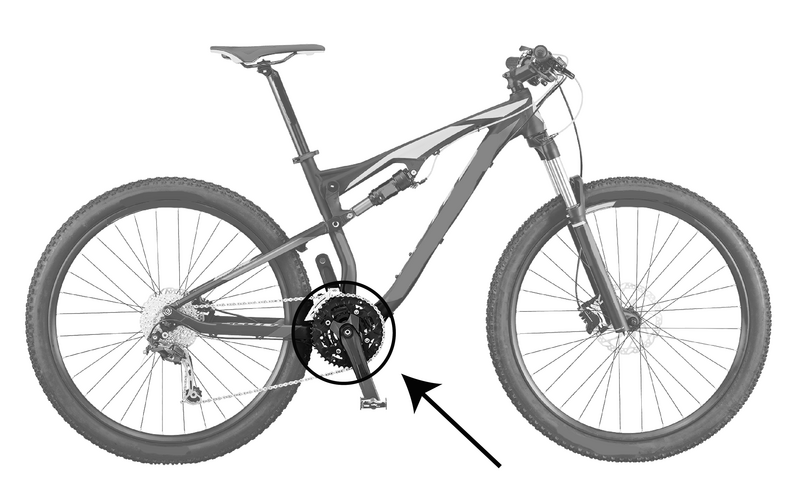
The Bottom Bracket Bearings are designed to minimize friction, allowing for smoother rotation while effectively reducing energy loss and providing excellent sliding characteristics.
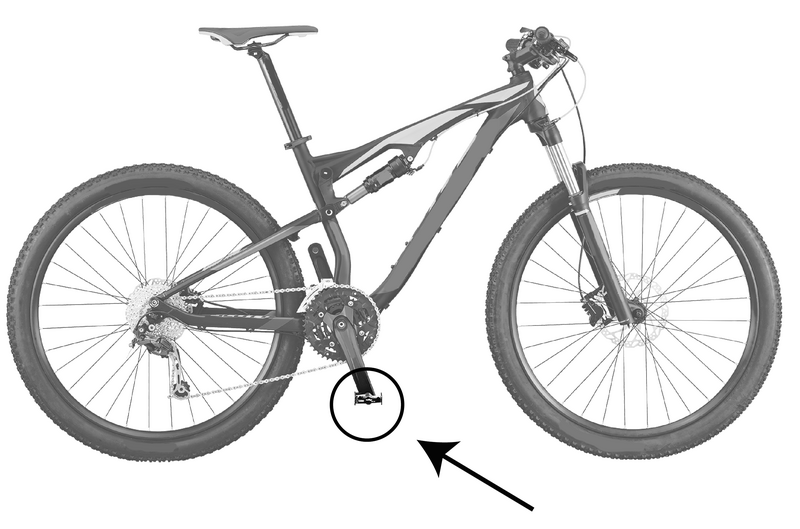
Bicycle pedal bearings are essential components of bicycles that support and facilitate smooth pedal rotation. Common types of pedal bearings include ball bearings and needle roller bearings.
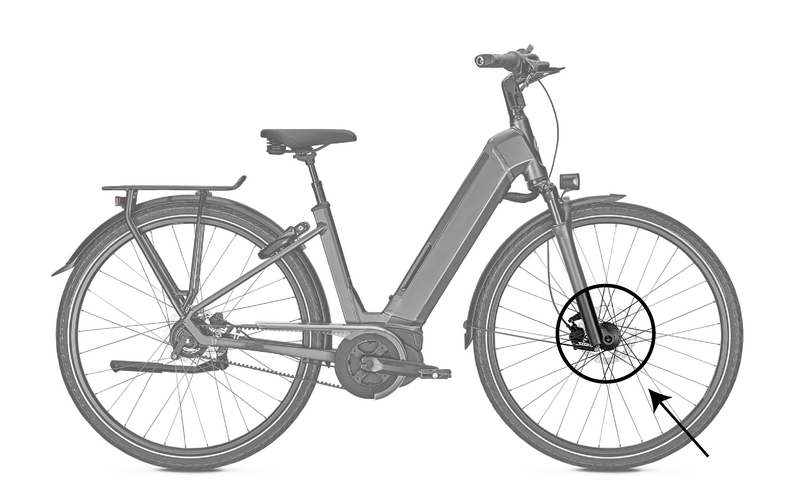
Bicycle Hub Bearings are important components in bicycles, bearing the weight of the rider and the forces applied during cycling. Steering bearings play a crucial role in maintaining bicycle stability, improving efficiency, and overall performance.
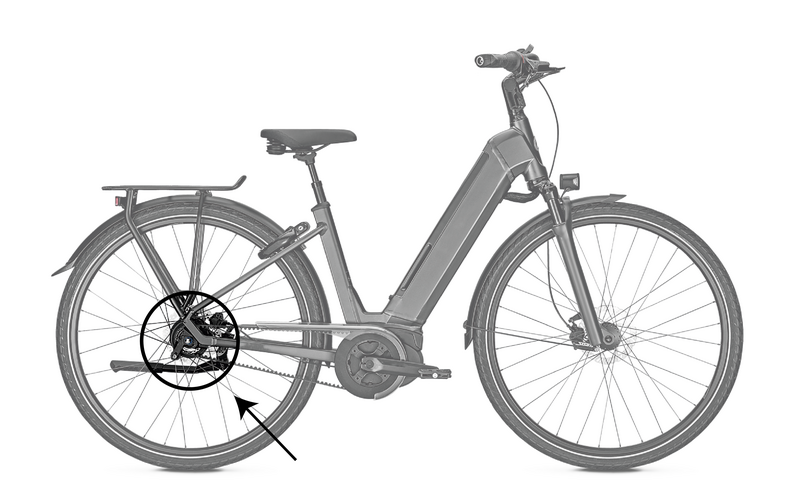
Derailleur bearings are key components in the bicycle derailleur system, used to support and enable smooth rotation of the derailleur pulleys. They bear the load of the derailleur and the tension of the chain, playing a crucial role in reducing friction and ensuring smooth gear shifting.

Headset bearings are crucial components located between the bicycle fork and the head tube, responsible for supporting and enabling the steering motion of the bicycle. They bear the force exerted by the rider's hands and the weight of the fork, ensuring smooth and stable steering of the bicycle.
Frames Bearings are crucial components in bicycle frames that support and enable smooth movement of the frame's moving parts. They bear the load and forces exerted on the frame, ensuring a smooth and stable riding experience.
In the world of cycling, every component plays a crucial role in delivering a top-notch riding experience. The often-overlooked bicycle pedal bearings are no exception. Understanding their significance, choosing the right type, and providing proper maintenance can make a substantial difference in the efficiency, durability, and overall enjoyment of your cycling adventures. So, the next time you hit the road or trail, take a moment to appreciate the silent heroes inside your pedals that keep you rolling smoothly.
 Extended reading:
Extended reading:
Choosing Durable Bicycle Bearings: A Guide to Ensuring Longevity and Performance
Choosing the Path to Optimal Riding Experience for Your E-Bike
Bearing model numbers consist of three parts:
We previously helped an electromechanical equipment manufacturer in Asia resolve abnormal bearing noise issues. By optimizing the sealing structure and adjusting lubrication parameters, we significantly improved system stability and reduced maintenance costs.
Case reference: ISK BEARING Customer Cases
We offer a range of testing and technical services, including independent heat treatment, automated noise & vibration testing, clearance inspection, salt spray testing, and more — helping our clients improve product reliability and performance.
Resource overview: ISK Technical Resources
You can visit the ISK official FAQ section to explore answers related to bearing selection, product specifications, and more.
FAQ Section: ISK Bearings FAQ Center
Discover more about the features and applications of various bearings.
Click here to explore more articles and find the perfect bearing for your project.
Needle Bearings (Roller Bearings) are a type of bearing that performs exceptionally well at high speeds. Their rollers are precisely guided by specially shaped, high-rigidity cages with minimal dimensional error. Despite their small cross-section, needle bearings...
How Do Ball Bearings Work? Bearings are often small and unassuming components in a product, yet they are crucial for its proper functioning. Without bearings, many products would fail to operate effectively. But do you know how ball bearings...
Please provide your question. We’ll find you with the best support options.